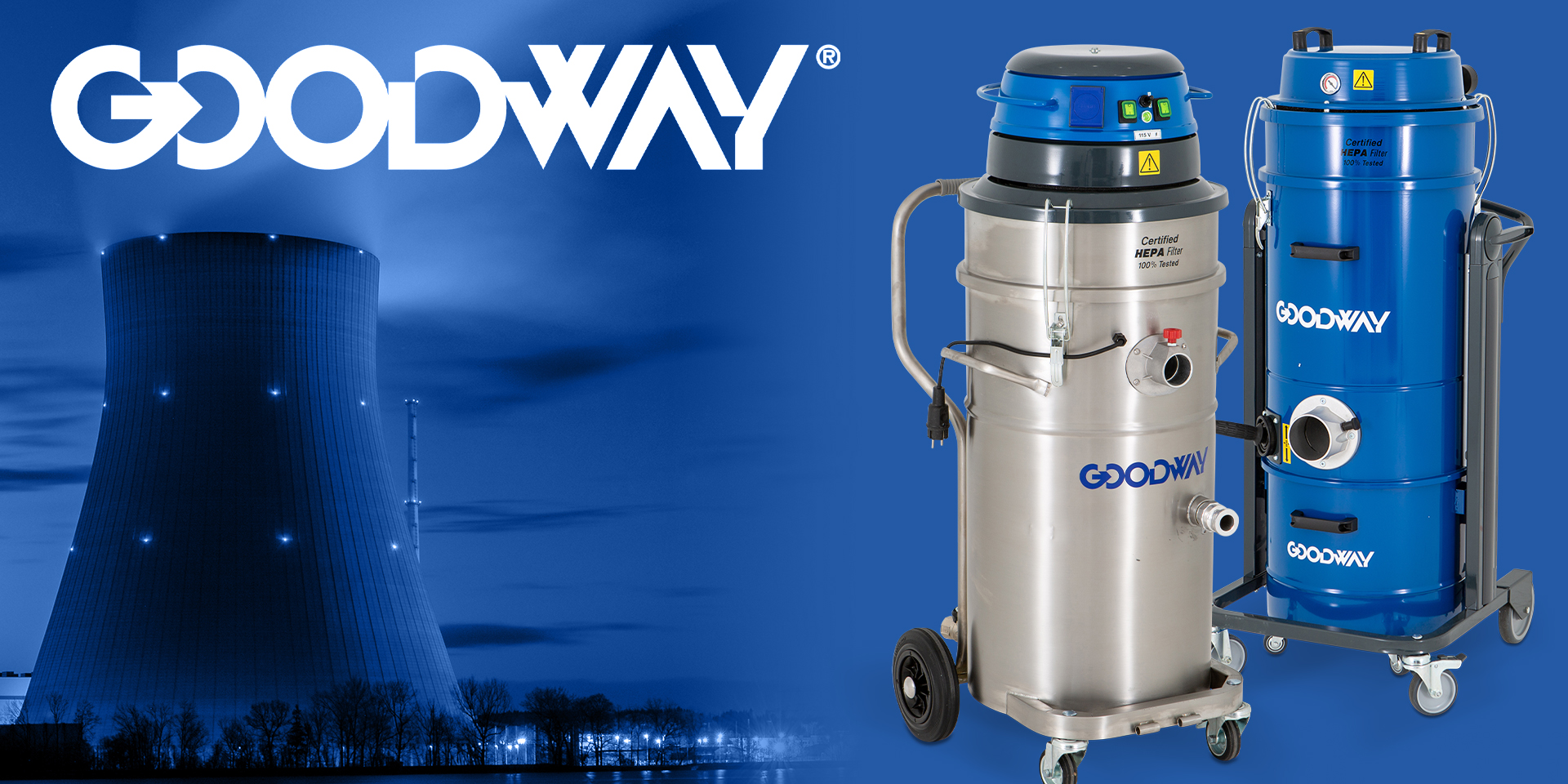Ensuring Safety and Cleanliness: The Crucial Role of Industrial Vacuums in Nuclear Power Facilities

In the intricate and highly controlled environment of a nuclear power plant, radioactive contamination looms as a constant concern. Radioactive materials, whether in the form of dry particulates or within water sources, pose a significant risk if they breach the confines of their designated areas. Controlling contamination is not just a priority but a critical imperative to the well-being of both the plant infrastructure and the personnel operating within it.
The primary culprits behind contamination in a nuclear facility are fission products resulting from nuclear reactions and activated corrosion products like rust and metal. While these radioactive materials remain within the reactor system, the risk of contamination is minimal. However, the reality of a complex network of pipes and valves introduces vulnerabilities, leading to potential leaks and spills. The necessity for periodic system openings, required for sampling and maintenance, further heightens the risk of contamination. Once outside the system, radioactive materials can disperse, jeopardizing other plant components, areas, and even personnel.
In the high-stakes environment of nuclear power plants, the right vacuum, although often overlooked as such, can be a vital piece of equipment to mitigate contamination risk. The use of vacuums in nuclear facilities can be used for so much more and span beyond mitigating the risk of contamination.
To identify which vacuum is right for the job, it becomes essential to understand the various vacuum types and their applications, whether for contamination control, prevention of dust explosions, or general cleanup. This article sheds light on the pivotal role that vacuums play in safeguarding nuclear facilities, exploring the diverse types, distinctive features, and overall importance.
Types of Industrial Vacuums and Their Applications:
HEPA Vacuums:
HEPA vacuums are pivotal in nuclear power plants, addressing the formidable challenge of capturing and containing radioactive waste and other hazardous materials. Deployed in areas where air quality is of utmost importance, such as cleanrooms and laboratories, their special features include HEPA filters designed to trap microscopic particles, ensuring that the vacuum exhaust does not release potentially harmful substances back into the environment.
Explosion-Proof Vacuums:
Essential in areas where flammable gases or combustible dust may be present, explosion-proof vacuums play a critical role in preventing the ignition of potentially hazardous materials. Widely used in cleaning activities in and around nuclear reactors and storage areas, these vacuums are constructed with non-sparking materials, fully grounded and bonded components, and incorporate special motors and switches rated for the intended atmosphere. Third-party Nationally Recognized Testing Laboratory (NRTL) certification is imperative to ensure compliance in nuclear settings.
Wet/Dry Vacuums:
Versatile wet/dry vacuums are commonly employed in nuclear power plants for cleaning up spills, liquid waste, or wet materials. Valuable in both routine maintenance and emergency situations, these vacuums are equipped with features that allow them to handle both wet and dry materials without compromising safety or performance, contributing significantly to the overall cleanliness of the facility.
Vacuum Accessories:
Specialty accessories are integral to ensuring a dust and debris-free work area and facility. Grounded and bonded flexible hoses, floor tools with special bristles, dust brushes, crevice tools, large area floor sweeps, overhead cleaning extension wands, pipe brushes, and wall brushes are popular tools in use. The key lies in pairing the right accessories with the vacuum, considering features such as a large primary filter, a powerful vacuum producer with the proper airflow (CFM) and pressure, and a final HEPA filter to maintain a safe and effective cleaning process.
Attention should be given to how the vacuum empties to reduce additional exposure to the collected materials. Internal bag liners may be utilized for specific applications. The vacuum’s exhaust air should be diffused to avoid agitating any dormant dust in the environment. Sound suppression features are essential to keep the decibel level below OSHA standards while ensuring maximum ventilation of the motors.
Industrial vacuums play a crucial role in maintaining cleanliness and safety in nuclear power facilities. Selecting the appropriate vacuum type and accessories tailored to specific needs is essential in these high-stakes environments. Safety concerns in nuclear facilities underscore the importance of expertise in vacuum technology. Therefore, partnering with a reliable solutions provider is paramount.
Goodway Technologies has been a trusted partner for many facilities. Whether it is HEPA vacuums, explosion-proof vacuums, wet/dry vacuums, and more, their internal experts bring operational experience and critical support to ensure the right vacuum solution and approach is taken. This oversight and support help deliver safe, expected results.

